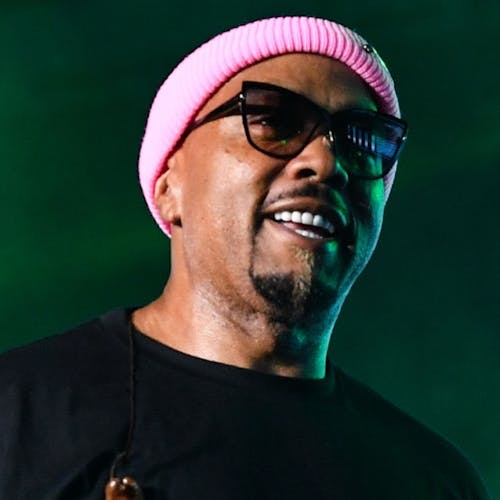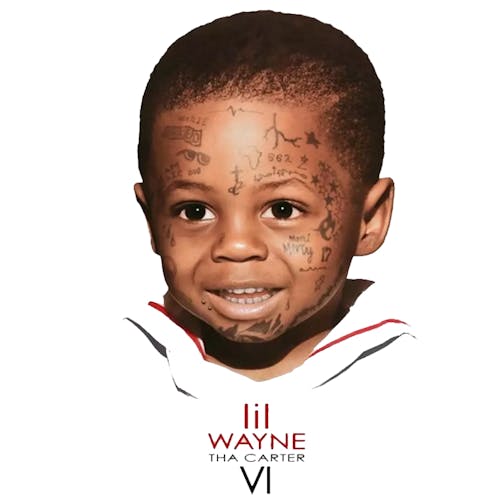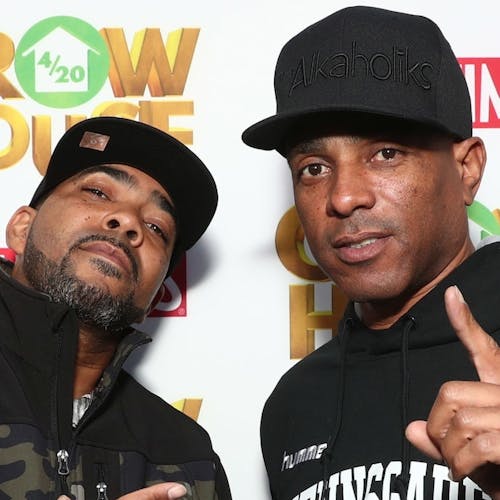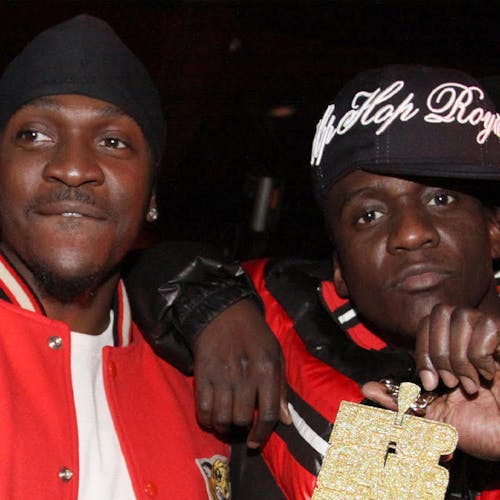
Did You KNOW?
There are moments that have become embedded in Hip-Hop’s history: Suge Knight onstage at the 1995 SOURCE Awards, Wu-Tang Clan releasing the “Triumph” video, any number of Kanye West outbursts.
But these are some of rap’s most slept-on moments and facts. Those interesting little tidbits that remind you just how interconnected and vast the Hip-Hop landscape has always been.

Madonna and Public Enemy?
The Material Girl’s 1991 hit “Justify My Love” was produced by none other than Lenny Kravitz (you can hear his ad-libs throughout the steamy track), and prominently uses a sample/loop of Public Enemy’s 1988 instrumental “Security Of the First World,” named after the group’s iconic dancers, and the interlude on P.E.’s masterpiece It Takes A Nation Of Millions To Hold Us Back.
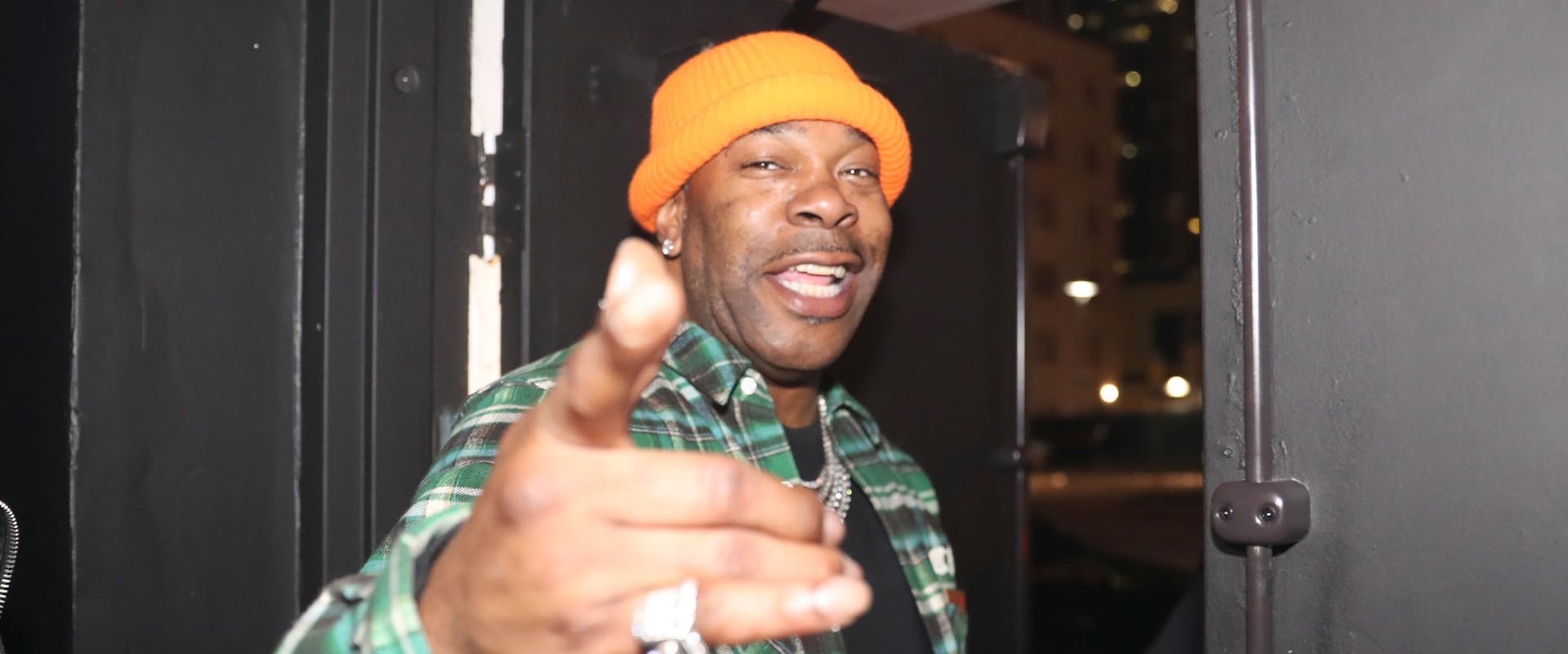
Young Black Teenagers?
Speaking of Public Enemy, Chuck D and The Bomb Squad were mentors of sorts to a young rap group out of Long Island that featured rappers named Dinco D, Charlie Brown, and Busta Rhymes. Chuck gave the hyperanimated Busta his moniker, but the crew didn’t have a name. Another all-white group was also being produced by The Bomb Squad at the time, and the Squad had trouble deciding who should get this cool-sounding name they’d come up with: “Leaders Of The New School.” So, they had the two groups record a song each and whomever had the hottest track, got to be “Leaders…” The other group had to settle for “Young Black Teenagers.” Busta and Co. won the challenge, so the group of white kids was christened the Young Black Teenagers.
Heavy D & The Boyz…and Al?
A young Dwight Myers was eager to make a name for himself as a rapper, so in high school, the Mt. Vernon High football standout began rapping with some friends of his and calling himself “Heavy D.” Amongst those friends was Albert Brown, who was quarterback at Mt. Vernon High. Brown wasn’t that great of an emcee, but he would also add some vocalizing to the hooks on their demos. When Heavy D and DJ Eddie F (of The Boyz) managed to get their demo to a young music exec named Andre Harrell, Harrell took notice of the guy singing the hook. He signed Heavy D & The Boyz, but he connected Albert with Quincy Jones. Soon, Albert was going by Al B. Sure! (after a Dana Dane lyric) and winning showcases as an up-and-coming R&B star.
T.I. and KP
Before he was the King Of the South, a young Clifford Harris was just an aspiring emcee looking to break through in the burgeoning ATL rap scene. His first appearance in a music video was fairly low-key; in the opening moments of YoungBloodz’s hit video for the Big Boi-assisted “I-85,” the duo recruited a then-unknown Clifford “Tip” Harris and his manager, Kawan “K.P.” Prather, as two ATLiens riding along, speaking in thick Georgia slang, praising how real YoungBloodz and their music is. It would be the world’s first glimpse at the future chart-topper.
She’s Queen and CEO
Today, Queen Latifah’s name is synonymous with her Flavor Unit brand. But that wasn’t always the case. The Jersey rhymer was still just a teenager when she joined the already-established Flavor Unit crew in 1988; a crew spearheaded by the legendary superproducer Mark “The 45 King.” Though she was the last to join, Latifah was the first to land a deal (with Tommy Boy Records); and the crew put all of their collective efforts into Latifah’s debut album, 1989’s All Hail The Queen. The success of that album paid dividends for the 45 King; who landed a production deal with Warner Bros. Unfortunately, success also kickstarted a period of addiction for the hitmaker, and by the time Queen Latifah was ready to record her sophomore album, The 45 King was in the throes of PCP. Sensing the Unit needed direction, Latifah and her business partner Shakim Compere incorporated the “Flavor Unit” name, turning it into a true management company and label. At only 21 years old, Sha and Latifah then went about signing acts like Naughty By Nature and Zhane, setting the stage for Flavor Unit to become one of the most successful brands in Hip-Hop and entertainment.
****
Ten Important Moments in Rap History
Hip-Hop has come a long way since its humble beginnings in the streets of New York City in the late 1970s. Today, it’s a global force, not only in the music industry but in the daily lives of billions of people.
The genre has given rise to some of the most influential musicians ever, from pioneers like the Beastie Boys and Afrika Bambaataa to new-gen legends like Kendrick Lamar and Drake.
Let’s look at ten more pivotal movements and moments from the half-century of hip-hop:
- The emergence of N.W.A: In the late 1980s, the Hip-Hop group N.W.A. came straight up out of the streets of Los Angeles (or, more precisely, straight outta Compton). Their debut album sent powerful messages about police brutality and social injustice, and the group went on to flourish through the early '90s to become the legends we know today.
- The rise of East Coast Hip Hop: In the early 1990s, Hip-Hop music from New York City and the surrounding area began to dominate the airwaves. Classic releases from Nas, Biggie, and Jay-Z came out one after the other. While the West Coast rivaled the artists from Brooklyn and the Bronx, Hip-Hop certainly had a pronounced East Coast influence from the jump.
- The deaths of Tupac and Biggie: In 1996 and 1997, Hip-Hop lost two of its biggest stars Tupac Shakur and The Notorious B.I.G. Their murders sent shockwaves through the music industry and the Hip-Hop community that is felt even today, as both remain two of the most iconic and influential figures in the genre's history.
- Female rappers break onto the scene: While women had been a part of Hip Hop from the beginning, 90s hip hop saw a surge of female talent, with artists like Lauryn Hill, Queen Latifah, and Lil' Kim all breaking through with fresh vocals and energetic personas, paving the way for future generations.
- The rise of Gangsta Rap: In the late 1980s and early 1990s, a new subgenre of rap music called Gangsta Rap emerged, with artists like Ice-T, Ice Cube, and Eazy-E pushing boundaries and shocking audiences with their graphic depictions of violence and street life.
- The success of Eminem: In the late 1990s, Eminem burst onto the scene with his first album The Slim Shady LP, becoming the first white rapper to achieve mainstream success, with Grammy wins and massive commercial numbers. He would go on to become one of the best-selling and most controversial artists of all time.
- The emergence of West Coast Hip Hop: While the East Coast dominated Hip-Hop in the early 1990s, the West Coast had its own moment in the spotlight with artists like Dr. Dre, Snoop Dogg, and 2Pac all releasing classic albums that helped define the sound of the region.
- The rise of Southern Hip Hop: In the late 1990s and early 2000s, a new wave of Southern Hip-Hop emerged, with artists like OutKast, Ludacris, and T.I. all achieving mainstream success and paving the way for the next generation of southern rappers, such Young Thug and Migos.
- The success of 50 Cent: In the early 2000s, 50 Cent burst onto the scene with his debut album Get Rich or Die Tryin', becoming one of the most successful and influential Hip-Hop artists of his generation.
- The continued influence of early Hip-Hop: While Hip-Hop has evolved and changed over the years, pioneers like Kool Herc, Grandmaster Flash, and the Sugarhill Gang continue to be celebrated and honored for their contributions to the genre.
